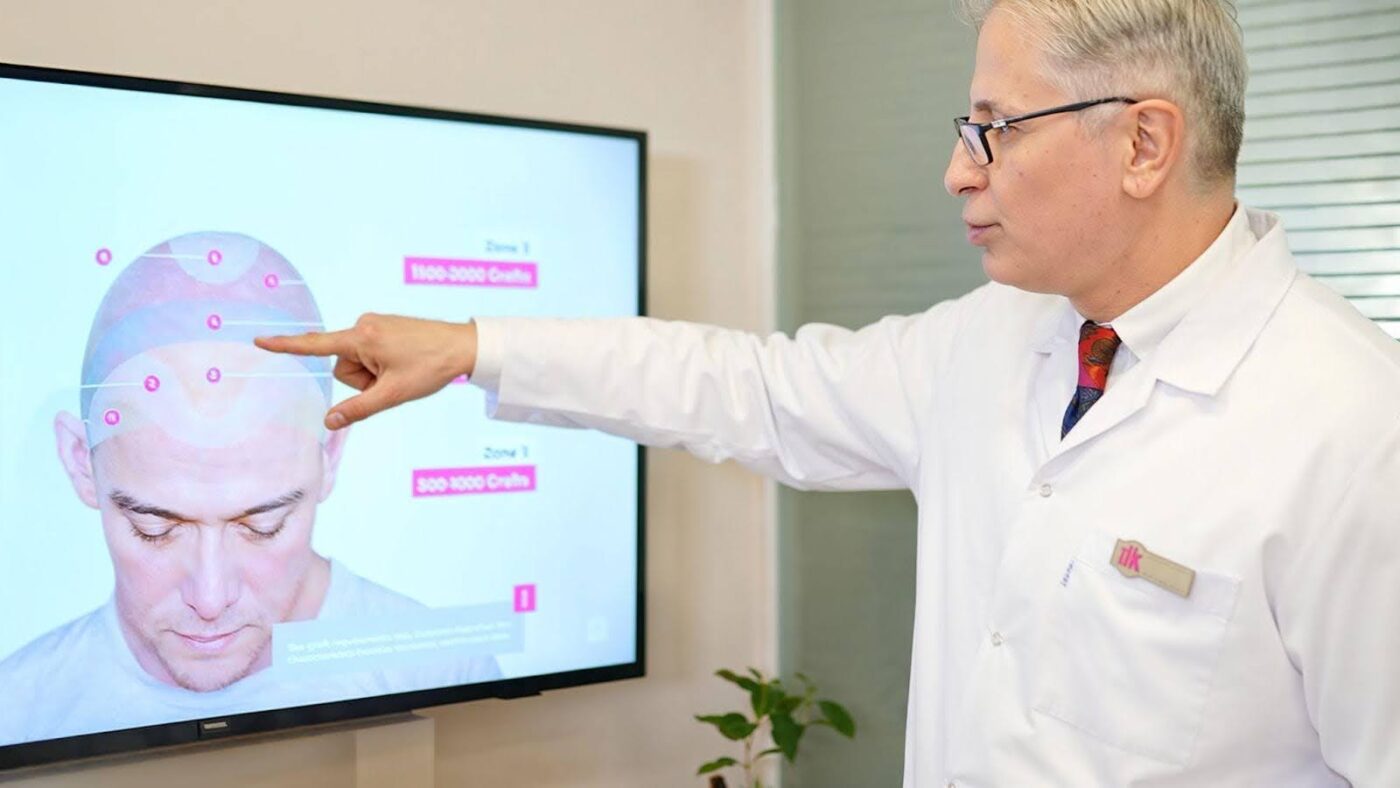Blog
DK Clinic develops a hair donor indicator after thousands of clinical cases
In the study Hair restoration surgeons, conducted by the recognized association of surgeons, doctors specializing in hair transplantation said that 6 out of 100 procedures are repair operations for transplants previously carried out in the Black Market clinics.
Considering that not every person who has undergone a transplant at the Black Market Clinic is looking for a second operation, the actual hair transplant indicator in the black market clinics seems much higher.
This situation emphasizes the assessment process that is far from scientific standards and has no transparency.
In order to improve the transparency and scientific structure in hair transplantation, DK clinic has introduced a new clinical assessment system: Hair donor index.
The hair donor indicator, created by an analysis of thousands of hair transplantation made in the clinic for years, was developed by DK Clinic – operated in the field of dermatology and hair transplantation in Turkey for 23 years – to assess the quality of patients with the donor area as part of preparation for hair transplantation.
Unlike traditional approaches, which often rely largely on subjective visual control, the hair donor DK Clinic acquires a donor area based on four critical parameters: the density of follicles, donor size, follicular unit distribution and hair thickness.
Each factor has a different level of impact on the usefulness of the donor side. Therefore, each result is multiplied by a specific weight, and the patient’s donor area is finally assessed between 20 and 100 based on weighted results.
“Many hair transplant assessments focus on how many areas should be covered, but rarely assesses whether the donor area can be a balanced number of transplants,” said prof. Dr ümit Kemal şntürk, higher executive director in DK Clinic and added:
“Although the Norwood -Hamilton classification helps to estimate how many transplants may be needed to restore the cover, it does not measure whether the donor area can provide them without risk. Until now, there has been no normalized methodology for the evaluation of the donor’s sufficient assessment – so far. Our hair donor indicator refers to this critical gap with a structured system based on data.
We have long used the hair donor indicator to classify patients’ candidates in our internal cases, and it was very beneficial. However, I believe that it is important to notice that this methodology is only partially standard, because in some cases individual patient factors can replace four main parameters that we are considering. “
Another durable challenge for candidates for hair transplantation is the inconsistent estimation of the number of transplants between clinics.
While traditional scales can bring the recipient’s needs closer, the donor area capacity was left primarily to a subjective interpretation. This often leads to exaggerated promises and a misleading environment in which clinics compete with overstated numbers of transplantation. The hair donor indicator is aimed at replacing guessing with measurable, realistic assessments.
Raising global standards
Hair transplantation is becoming more and more global, and countries such as Türkiye become the main places to affordable, high -quality procedures. Because more and more patients are looking for many opinions in various clinics, tools such as the hair donor indicator provide a critical layer of transparency, helping patients avoid misleading promises and making better informed decisions.
The DK Clinic initiative not only establishes a new reference point to the evaluation of the donor area, but also strengthens its long -term involvement in care based on evidence focused on the patient.

